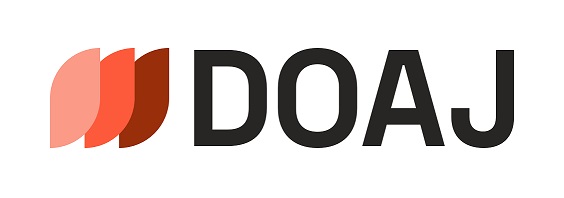The Hôtel Drouot as the stock exchange for art. Financialization of art auctions in the nineteenth century
DOI:
https://doi.org/10.23690/jams.v1i1.5Keywords:
Auctions, Drouot, France, 19th century, financialization, art trade, speculation, investmentAbstract
Throughout historic developments, the publicly ascertained and published price of an artwork repeatedly served as a reference point for art theoretical discussion. Particular importance was attached to the auction sale price, since this financial evaluation of art was of such a public nature. While there is a long history of these ideas about the pricing of art, there are notable times of transition, one of which can be identified in France in the middle of the nineteenth
century. The context at the time was the foundation of the auction house Hôtel Drouot as the new central location for handling art in Paris. Through historic articles and books about Hôtel Drouot it becomes apparent that a discussion was underway about the financialization of art, which led to a description of the auction house as the stock exchange for art. At the same time, the rising importance of the auction market for living artists was a key factor in a changed understanding of the relationship between art and money.
Published
How to Cite
Issue
Section
License
Copyright (c) 2017 Lukas Fuchsgruber

This work is licensed under a Creative Commons Attribution-NonCommercial 4.0 International License.
Except where otherwise noted, the Journal for Art Market Studies is licensed under the Creative Commons Attribution-Non-commercial 4.0 International license (https://creativecommons.org/licenses/by-nc/4.0/). Articles can be read and shared if attribution is given to the original source (BY) and the use is not for commercial purposes (NC).




